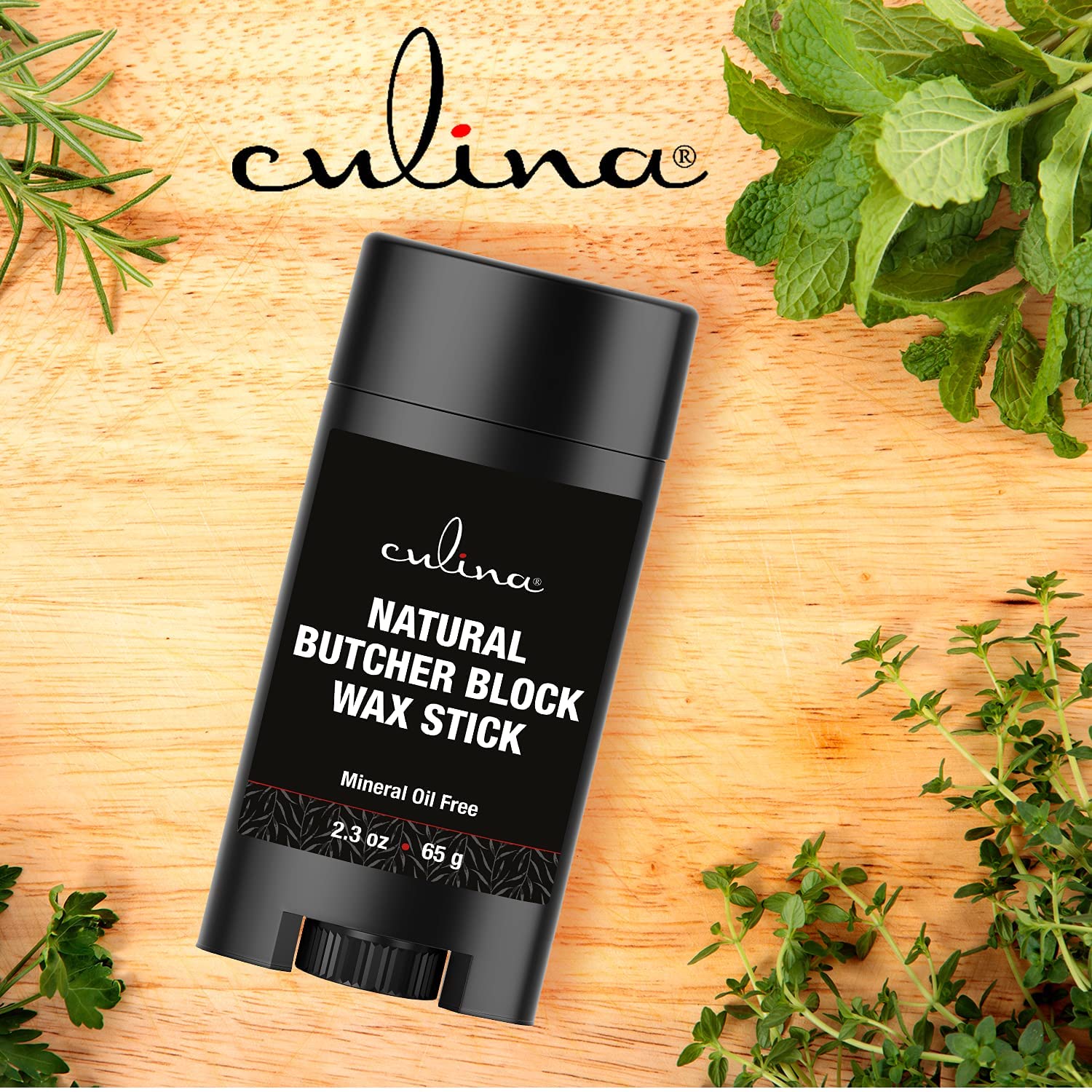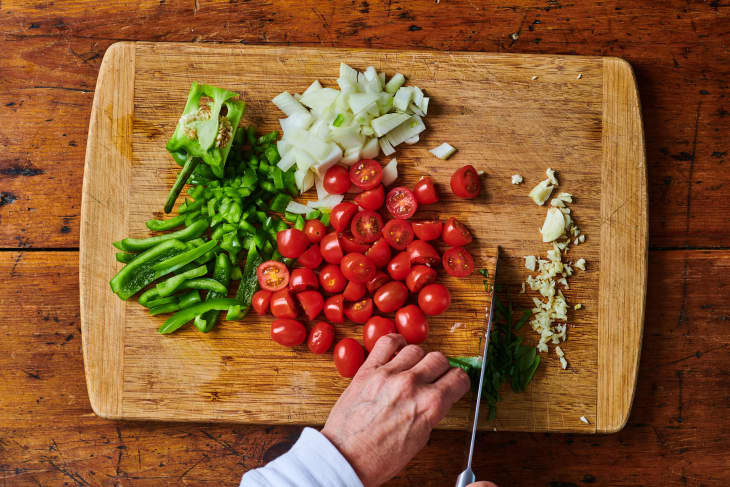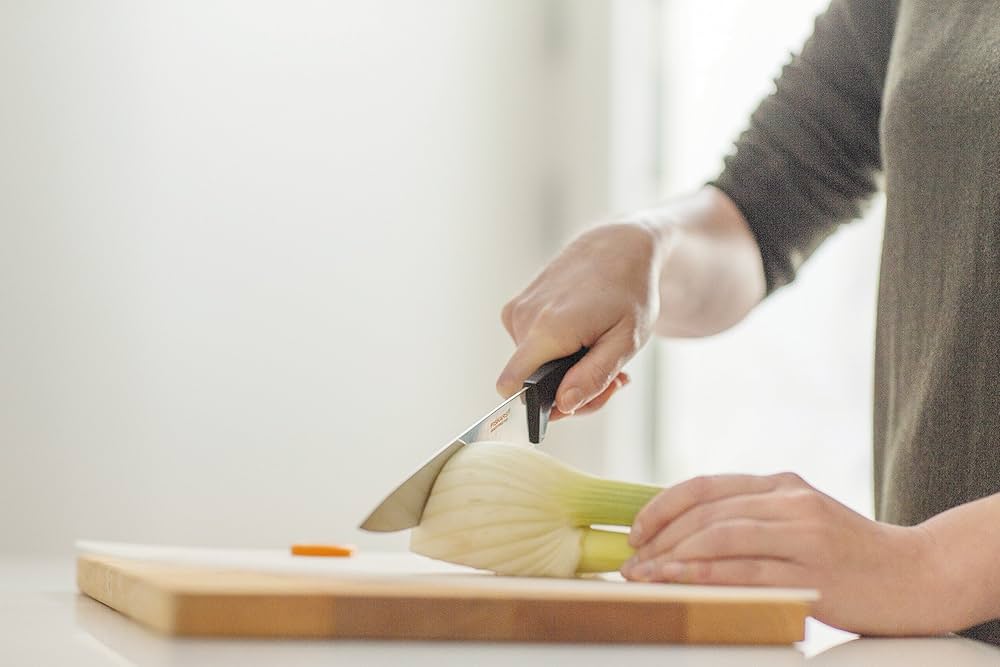Every kitchen, whether professional or home-based, contains a cutting board. Especially, a plastic cutting board. But what is a plastic cutting board used for? This article aims to provide you with detailed insights into this practical kitchen tool’s usages, advantages, and care techniques.

Understanding Plastic Cutting Boards
Plastic cutting boards are made from various polymers, such as polyethylene and polypropylene. They are sturdy and can handle heavy-duty use without getting damaged.
Materials Used
The primary materials used in plastic cutting boards are chosen for their durability and ease of cleaning. This makes them different from other types, like wooden or glass boards.
Design and Structure
A typical plastic cutting board is made with a textured surface to prevent slipping. Different boards come in various sizes based on their usage requirements.

Common Uses
Raw Meat Preparation
One of the primary uses of a plastic cutting board is to prepare raw meat. Given that plastic is non-porous, it doesn’t harbor bacteria as easily as wood. Hence, it is safer for raw foods.
Vegetable and Fruit Cutting
Using a plastic cutting board to chop vegetables and fruits is common due to its easy cleaning capabilities. Simply rinse it after each use.
Bread Slicing
Because plastic boards are smooth and soft, they are perfect for slicing bread without blunting the knife’s edge.

Advantages of Using Plastic Cutting Boards
Sanitation and Hygiene
Plastic cutting boards are dishwasher safe, making them more sanitary compared to wooden boards. Regular cleaning ensures that bacteria don’t accumulate.
Affordability
Compared to other board types, plastic cutting boards are usually more affordable. Hence, they are accessible to a broader audience.
Durability
These boards are designed to withstand all sorts of cutting, chopping, and slicing activities, making them a long-lasting kitchen tool.
Easy Maintenance
Maintaining a plastic cutting board is incredibly easy. They require minimal effort to clean and do not need periodical oiling, unlike wooden boards.
Choosing the Right Plastic Cutting Board
Size Matters
The size of the cutting board should be determined by the kitchen space and the type of tasks you plan to perform.
Thickness
Thicker boards tend to be more durable, while thinner boards are easier to handle and store.
Textured vs. Smooth
Your choice between textured or smooth surfaces will depend on the foods you’re preparing. Textured surfaces are better for meat, while smooth ones are good for pastries and bread.
Cleaning and Maintenance Tips
Dishwasher Safety
Most plastic cutting boards can be washed in a dishwasher. Place it on the top rack for best results.
Preventing Stains
To prevent staining, rinse the board immediately after use.
Bacterial Control
Use a mild bleach solution once a month to disinfect your plastic cutting board thoroughly.
Potential Drawbacks
While plastic boards have numerous advantages, they also have some drawbacks, such as knife dulling over time and the need for periodic replacement due to deep grooves.
Conclusion
Understanding what a plastic cutting board is used for can significantly enhance your kitchen efficiency. Its an essential kitchen tool suitable for a wide range of culinary tasks, from meat preparation to bread slicing. Investing in a quality plastic cutting board is a wise choice for maintaining kitchen hygiene and ease of use.
FAQ Section
1. How do I avoid staining my plastic cutting board?
Rinse immediately after use and periodically soak in a bleach solution.
2. Can I use a plastic cutting board for all foods?
Yes, plastic cutting boards are versatile and can be used for meat, vegetables, fruits, and more.
3. How often should I replace my plastic cutting board?
Replace it when there are too many deep grooves, which can harbor bacteria.
Relevant Resources
For more tips on using plastic cutting boards, visit this article.
As an Amazon Associate, I earn from qualifying purchases.


